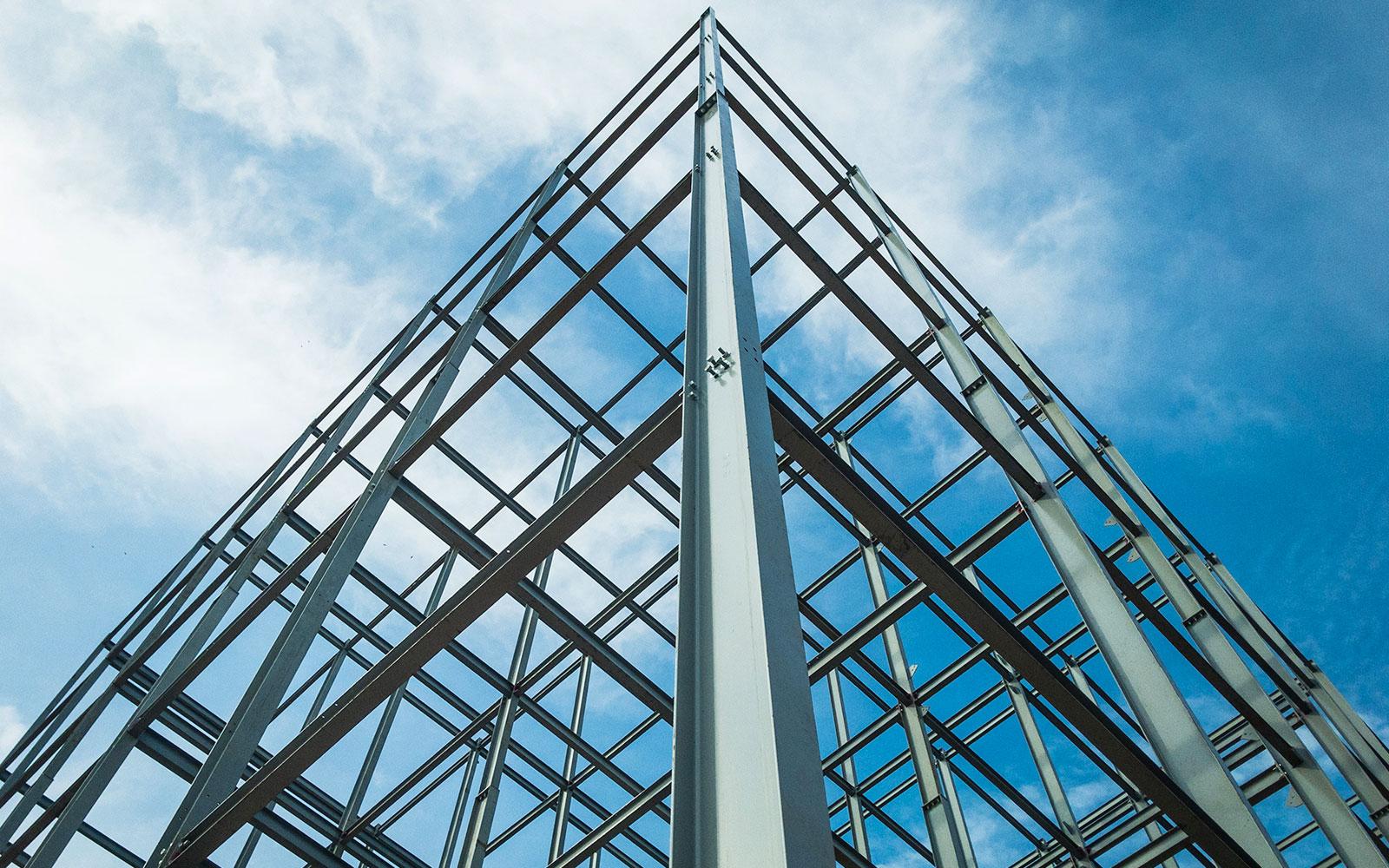In the realm of industrial construction, efficiency and cost-effectiveness are paramount. Traditional construction methods often entail lengthy timelines and significant expenditures. However, a growing trend within the industrial sector is the utilization of kit building solutions. This article delves into the concept of kit building in industrial settings, its benefits, challenges, and future prospects.
Understanding Kit Building in Industrial Context
Kit building, also known as prefabrication or modular construction, involves the assembly of building components off-site before transporting them to the construction site for final assembly. In the context of industrial buildings, this approach offers several advantages over traditional construction methods.
Benefits of Kit Building in Industrial Settings
-
Speed: Kit building significantly reduces construction time compared to traditional methods. With components manufactured off-site in controlled environments, on-site assembly becomes streamlined, leading to faster project completion.
-
Cost-Effectiveness: Prefabricated components are often mass-produced, leading to cost savings through economies of scale. Additionally, reduced labor requirements and minimized material waste contribute to overall cost-effectiveness.
-
Quality Control: Manufacturing components in a controlled factory environment ensures consistent quality. This results in fewer defects and higher overall construction quality, crucial in industrial settings where structural integrity is paramount.
-
Flexibility: Kit building offers flexibility in design and customization. Industrial facilities often have unique requirements, and prefabricated components can be tailored to meet specific needs while maintaining efficiency.
-
Safety: By minimizing on-site construction activities, kit building enhances safety for workers. Factory-controlled manufacturing environments mitigate risks associated with adverse weather conditions and on-site hazards.
Applications of Kit Building in Industrial Buildings
The versatility of kit building extends to various types of industrial building including:
-
Warehouses: Prefabricated steel frames and panels are commonly used in warehouse construction, providing ample space for storage and logistics operations.
-
Manufacturing Facilities: Modular construction allows for the rapid deployment of manufacturing facilities, accommodating production lines and specialized equipment.
-
Distribution Centers: Kit building facilitates the construction of distribution centers with customizable layouts to optimize storage and transportation processes.
-
Cold Storage Facilities: Industrial kit building can meet the stringent requirements of cold storage facilities, ensuring temperature control and food safety standards.
Overcoming Challenges
While kit building offers numerous benefits, it also presents challenges that need to be addressed:
-
Transportation: Moving large prefabricated components to the construction site requires careful logistical planning and may incur additional costs.
-
Design Limitations: Standardized components may impose limitations on architectural design, requiring innovative solutions to meet aesthetic and functional requirements.
-
Site Preparation: Adequate site preparation is essential to accommodate prefabricated components and ensure seamless assembly.
-
Integration with Existing Structures: Retrofitting prefabricated components into existing industrial facilities may pose challenges in terms of alignment and integration with legacy infrastructure.
Future Outlook
The adoption of kit building in industrial construction is poised for significant growth in the coming years. Advancements in technology, such as Building Information Modeling (BIM) and robotic fabrication, will further enhance the efficiency and scalability of prefabrication methods. Additionally, increased emphasis on sustainability may drive innovations in materials and manufacturing processes, making kit building an even more attractive option for industrial developers.
Frequently Asked Questions (FAQs)
Q: Can kit building meet the structural requirements of large-scale industrial projects?
A: Yes, kit building technologies have evolved to accommodate the structural demands of large-scale industrial buildings. Advanced engineering techniques ensure that prefabricated components meet rigorous safety and durability standards.
Q: How does kit building compare to traditional construction in terms of sustainability?
A: Kit building often outperforms traditional construction in sustainability metrics due to reduced material waste, energy efficiency, and the potential for incorporating eco-friendly materials. Additionally, off-site manufacturing reduces on-site disruption to ecosystems.
Q: What role does customization play in kit building for industrial applications?
A: Customization is a significant advantage of kit building, allowing industrial developers to tailor building components to specific project requirements. From layout design to specialized equipment integration, prefabricated solutions offer flexibility without compromising efficiency.
Q: Are there any regulatory considerations unique to kit building in industrial construction?
A: While regulations governing kit building may vary by region, industrial developers should ensure compliance with building codes, zoning regulations, and safety standards. Engaging with experienced kit building contractors familiar with local requirements is essential for a smooth project execution.
In conclusion, kit building presents a compelling opportunity for revolutionizing industrial construction. By leveraging prefabricated solutions, developers can expedite project timelines, reduce costs, and enhance overall quality. With continuous innovation and industry collaboration, the future of industrial kit building looks promising, paving the way for sustainable and efficient industrial infrastructure development.

